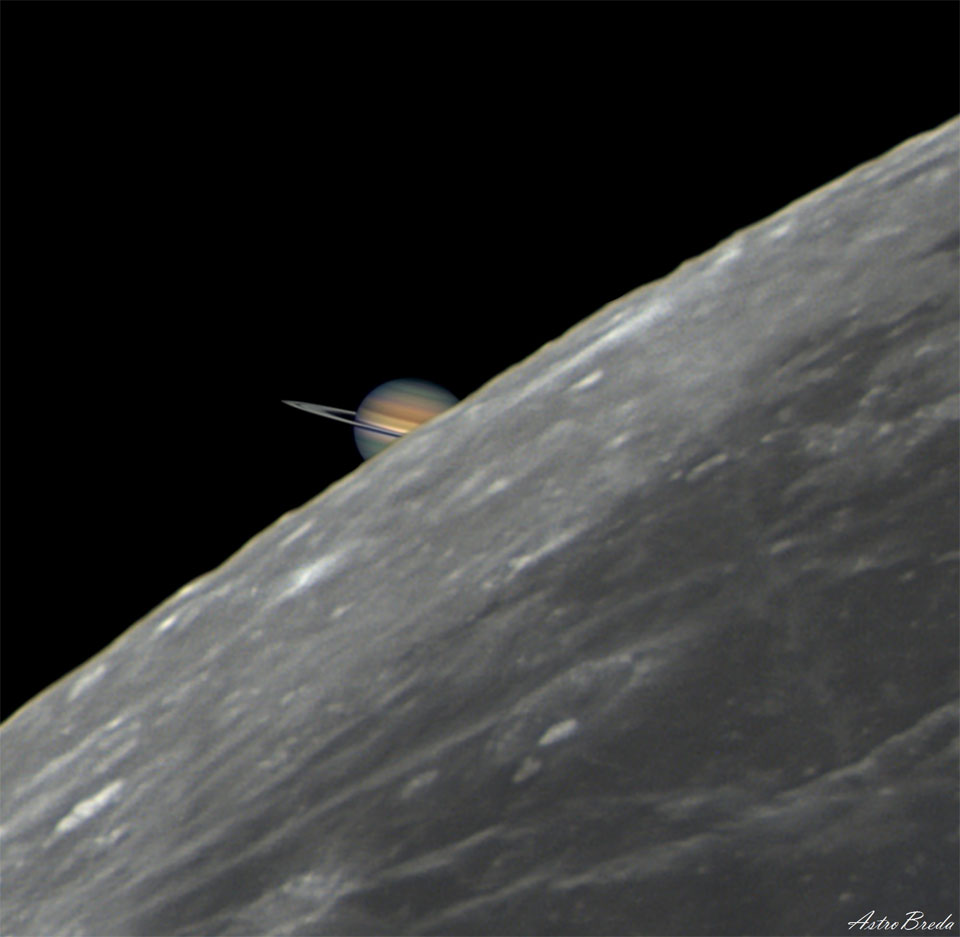
Nombre total de pages vues
30/08/2024
PLANTES FASCINANTES - Scarlet bankia - sublime plante d'Australie

29/08/2024
ASTRONOMY - Star Factory Messier 17
2024 August 29
Image Credit & Copyright: Gaetan Maxant
Explanation: A nearby star factory known as Messier 17 lies some 5,500 light-years away in the nebula-rich constellation Sagittarius. At that distance, this 1.5 degree wide field-of-view would span about 150 light-years. In the sharp color composite image faint details of the region's gas and dust clouds are highlighted with narrowband image data against a backdrop of central Milky Way stars. The stellar winds and energetic radiation from hot, massive stars already formed from M17's stock of cosmic gas and dust have slowly carved away at the remaining interstellar material, producing the nebula's cavernous appearance and the undulating shapes within. A popular stop on telescopic tours of the cosmos, M17 is also known as the Omega or the Swan Nebula.
BEAUX POISSONS EXOTIQUES - Poisson licorne à gros nez
28/08/2024
PHENOMENES METEOROLOGIQUES - Au cœur des ténèbres
INVENTIONS DE DEMAIN - De l'eau potable en 20 minutes
ASTRONOMY - Tulip Nebula and Black Hole Cygnus X-1
2024 August 28
Image Credit & Copyright: Anirudh Shastry
Explanation: When can you see a black hole, a tulip, and a swan all at once? At night -- if the timing is right, and if your telescope is pointed in the right direction. The complex and beautiful Tulip Nebula blossoms about 8,000 light-years away toward the constellation of Cygnus the Swan. Ultraviolet radiation from young energetic stars at the edge of the Cygnus OB3 association, including O star HDE 227018, ionizes the atoms and powers the emission from the Tulip Nebula. Stewart Sharpless cataloged this nearly 70 light-years across reddish glowing cloud of interstellar gas and dust in 1959, as Sh2-101. Also in the featured field of view is the black hole Cygnus X-1, which to be a microquasar because it is one of strongest X-ray sources in planet Earth's sky. Blasted by powerful jets from a lurking black hole, its fainter bluish curved shock front is only faintly visible beyond the cosmic Tulip's petals, near the right side of the frame.
27/08/2024
ASTRONOMY - Moon Eclipses Saturn
2024 August 27
Image Credit & Copyright: Pau Montplet Sanz
Explanation: What if Saturn disappeared? Sometimes, it does. It doesn't really go away, though, it just disappears from view when our Moon moves in front. Such a Saturnian eclipse, more formally called an occultation, was visible along a long swath of Earth -- from Peru, across the Atlantic Ocean, to Italy -- only a few days ago. The featured color image is a digital fusion of the clearest images captured during the event and rebalanced for color and relative brightness between the relatively dim Saturn and the comparatively bright Moon. Saturn and the comparative bright Moon. The exposures were all taken from Breda, Catalonia, Spain, just before occultation. Eclipses of Saturn by our Moon will occur each month for the rest of this year. Each time, though, the fleeting event will be visible only to those with clear skies -- and the right location on Earth.
26/08/2024
PHENOMENES METEOROLOGIQUES - Le soleil levant à travers un brouillard épais
ASTRONOMY - Perseid Meteors Over Inner Mongolia
2024 August 26
Video Credit: Jeff Dai (TWAN); Music: Ibaotu catalog number 771024 (Used with permission)
Explanation: Did you see it? One of the more common questions during a meteor shower occurs because the time it takes for a meteor to flash is similar to the time it takes for a head to turn. Possibly, though, the glory of seeing bright meteors shoot across the sky -- while knowing that they were once small pebbles on another world -- might make it all worthwhile, even if your observing partner(s) can't always share in your experience. The featured video is composed of short clips taken in Inner Mongolia, China during the 2023 Perseid Meteor Shower. Several bright meteors were captured while live-reaction audio was being recorded -- just as the meteors flashed. This year's 2024 Perseids also produced many beautiful meteors. Another good meteor shower to watch for is the Geminids which peak yearly in mid-December, this year with relatively little competing glow from a nearly new Moon.
ASTRONOMY - Orion and the Ocean of Storms
2025 December 13 Orion and the Ocean of Storms Image Credit: NASA , Artemis 1 Explanation: On December 5, 2022, a camera on board the u...

-
2022 September 26 All the Water on Planet Earth Illustration Credit: Jack Cook, Adam Nieman, Woods Hole Oceanographic Institution ; Data ...
-
2025 May 11 The Surface of Venus from Venera 14 Image Credit: Soviet Planetary Exploration Program , Venera 14 ; Processing & Copyri...







